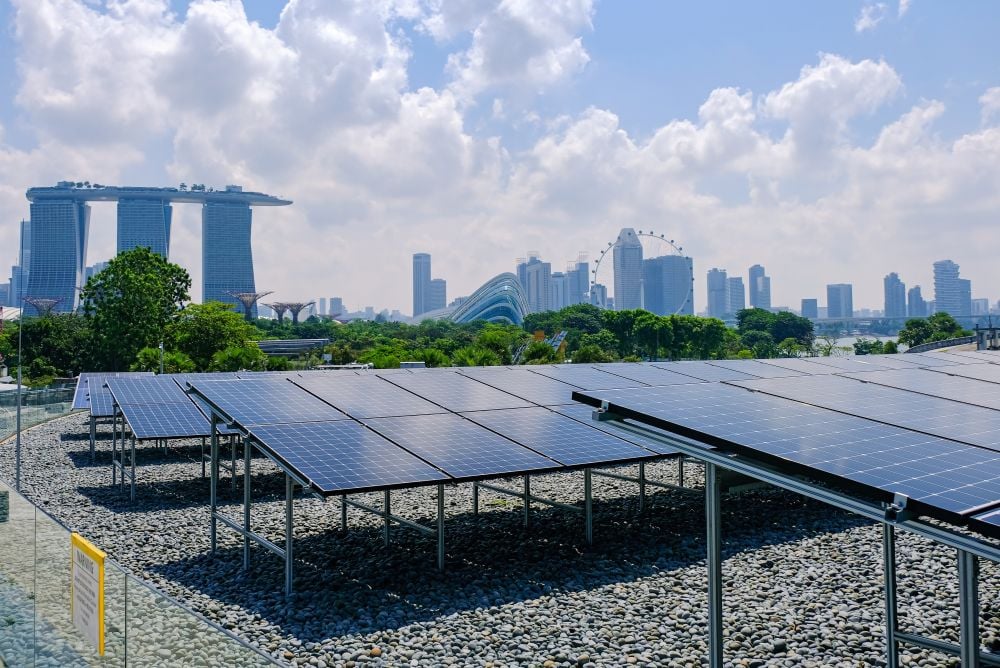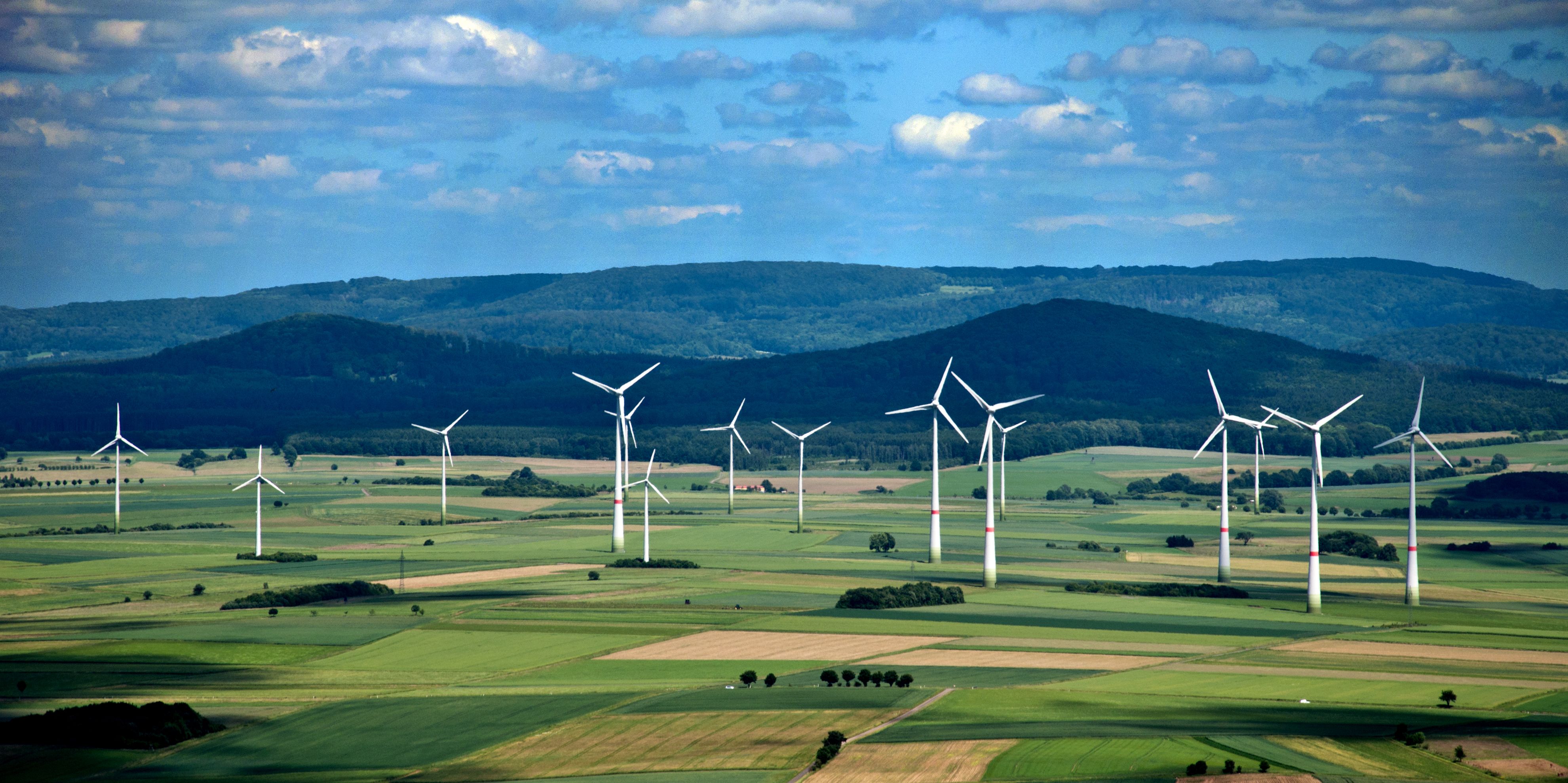Representing a signal of intent, the Chinese delegation was the largest at this year's Eastern Economic Forum (EEF) in Vladivostok, and President Putin returned the compliment by highlighting blossoming trade ties with Beijing as he welcomed visiting President Xi Jinping.
The EEF, an annual event to promote economic development in the Russian Far East, took place between 11 and 13 September in Vladivostok, a city located around the Golden Horn Bay, close to Russia's borders with China and North Korea and home to the Russian Pacific Fleet.
Sino-Russian trade ties are set to strengthen in late 2019, when the Power of Siberia project is scheduled to begin piping gas to Chinese consumers. The new stretch of the Russian pipeline network will transport gas from the Kovyktinskoye and Chayandinskoye fields eastwards to the new Amur Gas Processing Plant, and then connect to the Chinese system at the border town of Blagoveshchensk.
There are plans for another pipeline to connect with the existing line running from the Sakhalin field down to Vladivostok, contributing to the social and economic development of Russia's Far East and gasification of the Russian regions. But the primary role of the Power of Siberia project is to export gas to China.
On the sidelines of the EEF, Gazprom deputy chairman of the management committee, Vitaly Markelov, said that there are only 40 kilometres of welding still to be completed on the 2,000 kilometre section of pipeline.
From the Chinese point of view, ensuring long-term energy supplies is at the heart of its trade relationship with Russia.
To this end, in 2014, Gazprom and the China National Petroleum Corporation (CNPC) signed an agreement for gas to be supplied via the eastern route (the Power of Siberia gas pipeline). The 30-year agreement provides for Russian gas deliveries to China at 38 billion cubic metres per year. Gas supplies commence in December 2019. At the time of the agreement Russian media estimated the gas supply contract to be worth US$400 billion.
In September 2014, Gazprom began construction of the first section of new pipeline, running 2,000 kilometres from the Chayandinskoye field to Blagoveshchensk on the Chinese border. The second phase of the project will include the construction of a section stretching for about 800 kilometres from the Kovyktinskoye field (Irkutsk Region) to the Chayandinskoye field.
In September 2016, Gazprom and state-owned China National Petroleum Corporation (CNPC) signed an engineering, procurement and construction (EPC) contract to construct a crossing under the Amur River within the trans-border section of the Power of Siberia pipeline. Construction in the Chinese territory started in April 2017. China Petroleum Pipeline, CNPC's pipe-building subsidiary, is the contractor for the project.
The Amur Gas Processing Plant (GPP) near the city of Svobodny, Amur Region, will be the largest such plant in Russia and one of the biggest in the world. It will serve as an essential link in the process chain of natural gas supplies to China.
The plant will receive multi-component gas from the Yakutia and Irkutsk gas production centres, which are being established by Gazprom within the Eastern Gas Program. The processed gas will be delivered to China.
The operations scheduled for 2019 include pipeline tests, installation of power supply, communications and telemetry systems, and start-up and commissioning.
Construction of a two-string crossing under the Amur River within the Power of Siberia gas pipeline is well advanced. Another construction project, this time for the Atamanskaya compressor station, was launched near the border in late 2017. The station will maintain the required pressure during gas deliveries to China.
Under the Gazprom schedule, Russian gas supplies via the pipeline to China will start in December 2019.
In addition to natural gas via pipeline, China is also a major offtaker for Russian liquified natural gas (LNG).
In late August, Yamal LNG announced the project has shipped four million tons of LNG to date, much of it to China. In August, the 54th cargo was shipped from Yamal, following the start-up of Train 1 in December 2017. Currently, there are two LNG trains in operation with a total capacity of 11 million tons per annum, with both trains having reached their design capacity. Commissioning of the Train 3 is in progress.
Yamal LNG shareholders are Russian firm Novatek (50.1%), Total of France (20%), CNPC (20%), and the Silk Road Fund (9.9%).








